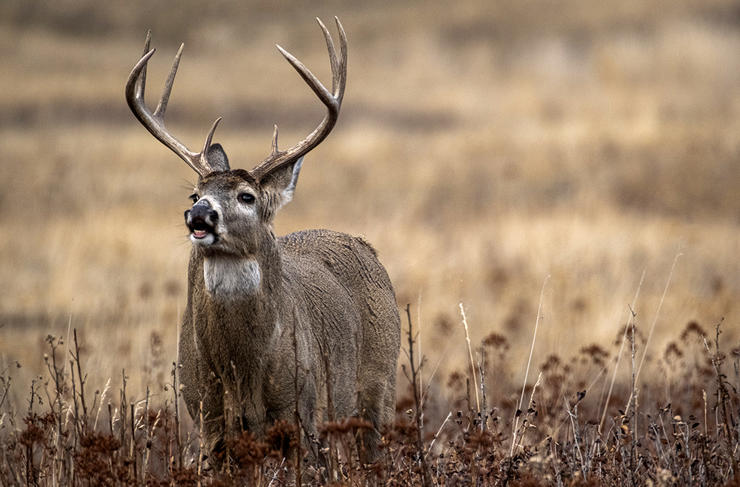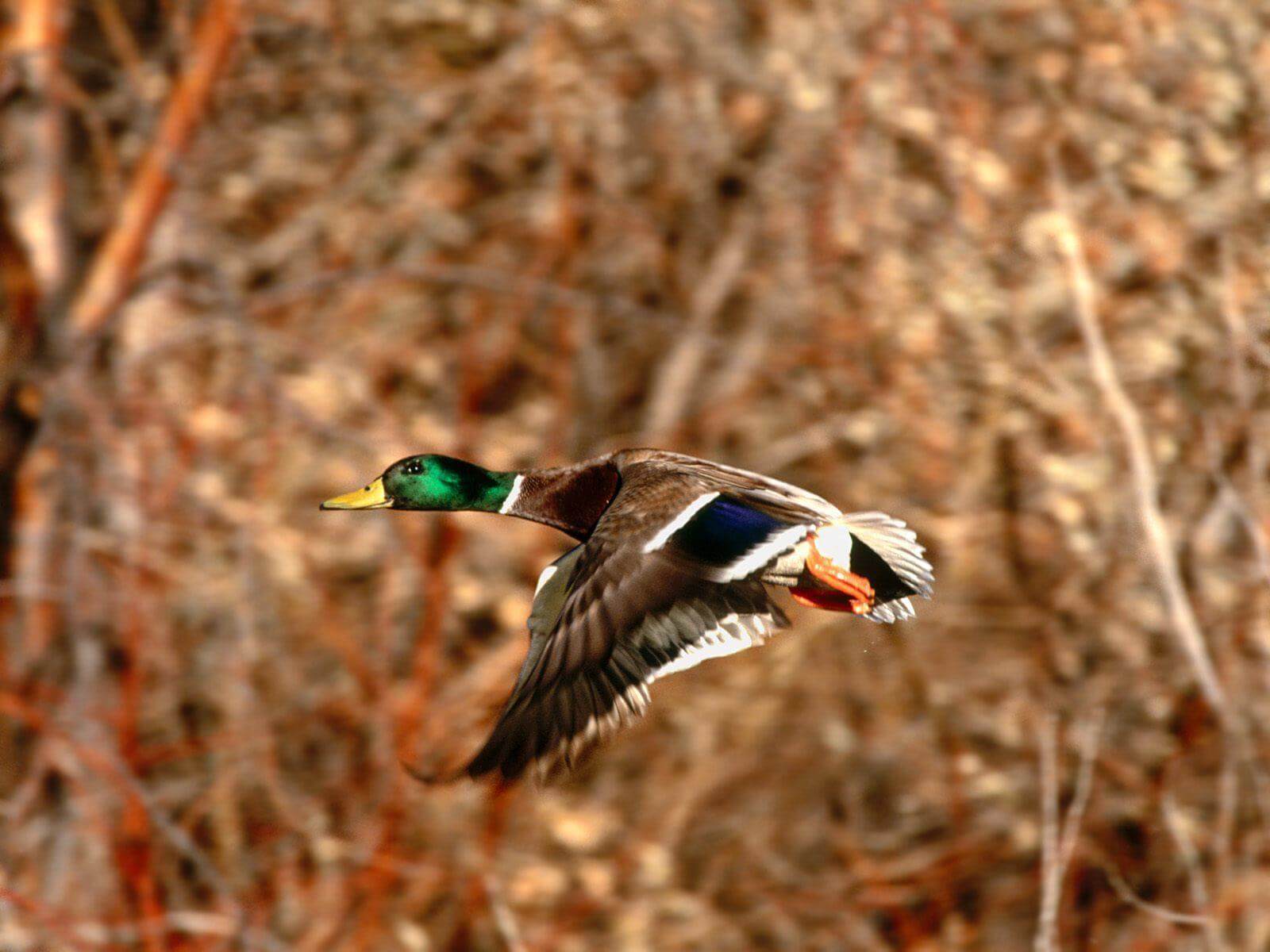
It is possible that you are familiar with the requirements for hunter oranges in each state. But, what do they mean? There are many types of hunter oranges, including blaze oranges, pinks, fluorescent oranges, and other shades. These laws can vary from one state to the next, so it is important to understand what your state requires and when. Hunter orange is highly recommended regardless of where hunting takes place.
blaze orange
Colorado's Parks and Wildlife Commission has ruled that hunting is not permitted if hunters don appropriate blaze orange attire. A proposal to require muzzleloader hunters to wear blaze orange clothing was rejected by the state's Parks and Wildlife Commission. The reason was an accident involving a bowhunter. If you are hunting deer or any large game using a firearm such as a muzzleloader to pursue them, the blaze orange outfit is mandatory.

Pink
The Hunter orange requirements that your vehicle must adhere to may vary depending on the state where you live. New York's Hunter Orange requirements are less stringent than in other states. However, DEC strongly urges hunters to wear fluorescent yellow while hunting. The reason? Deer don't possess red-sensitive retina cells so they are unable to distinguish between green or orange. A deer's sense of vision is also different from humans' so orange to them appears darker than green or yellow.
Fluorescent orange
Massachusetts, Rhode Island and Massachusetts firearm hunters must wear fluorescent hunter orange during certain hunting seasons. Although fluorescent orange is not required in New York, many hunters choose to wear it during these hunting seasons. While requirements differ from one state and another, the basic idea is that hunters must be easily visible while hunting in fluorescent Orange. This includes wearing bright clothing and hats as well as vests.
Shades of red
Hunter orange safety vests should be no larger than 200 square inches. They must also contain at least one-third of the color, blaze orange. The vest must be worn by hunters in state management areas. Waterfowl hunters must wear the vest in a blind, boat, or using decoys. Spring turkey hunters and first segment dove hunters are also exempt from these requirements. Arkansas hunters must always wear blaze orange.

For waterfowl and doves, not necessary
Dove hunters and waterfowl hunters will have probably seen some common practices on waterfowl farms. You won't likely see wheat, soy, or sunflowers on waterfowl land. However, you will probably notice these practices in waterfowl fields. Although they might not be legal for your state, these practices are common in many states.
FAQ
Which gun is best for hunting
The most effective weapon for hunting is a.22 caliber rifle. This is because it is lightweight and easy to carry around. It also allows you to shoot accurately at long distances.
It is best to not anticipate a predator attacking you with this type of gun.
You don't want ammunition to be wasted by shooting at a tree. It would do very little damage. Clear sight is essential for your prey.
A.30 caliber rifle can be used if you plan to hunt larger game such as deer and elk. It is heavier than a.22 calibre rifle.
It will take more practice to be as accurate with a 30-caliber rifle.
Is it legal to hunt bears Alaskan?
Yes, it is legal to hunt bears in certain areas of Alaska. To capture bears, some hunters use traps. Some hunters use traps and snares to capture bears. Others use dogs to locate bears.
The Alaska Board of Game regulates bear hunter. Before they can go into the woods, bear hunters must get a bear license.
Denali National Park Preserve, for example, is home to bear hunting. Tourists can even go on guided hunts to capture bears.
Which state has the most deer hunters?
Wyoming is home to the largest number of deer hunters in the country. It also sells the most hunting licenses annually.
South Dakota is home to the second-most deer hunter state. It is third in terms of the number sold annually of hunting licenses.
New Hampshire is home to the most deer hunters. It ranks last among states for the number of hunting license sales per capita.
What do I need to know about hunting?
To hunt successfully, you must understand how the animal moves, what its habits are, and how to avoid getting hurt.
It is essential to be familiar with the hunting laws in your state. Some states allow certain types of hunting while others prohibit it completely.
Other factors include terrain, weather, and type of weapon.
You should decide if you would like to hunt with friends or alone when you make the decision to pursue this hobby.
Hunting is something that most people prefer to do with their friends. This is because it helps you focus on your goal. If you're not with someone else, you could miss your chance.
Hunting takes a lot preparation. Plan your hunt to find the best place.
You'll also need to prepare your firearms. Make sure to clean your guns before you leave the house and make sure they work properly.
Hunting requires you to wear proper clothing. Be prepared for weather changes and terrain.
Make sure you bring enough food and water with you. For any emergency, you should always have extra ammunition and supplies.
You should never leave anything unattended. It might get lost or damaged.
If you're ready to hunt, it is important that you choose a location with no predators.
Follow the guidelines set forth by the government. These regulations protect both wildlife and humans.
Statistics
- In less than 20 years, Rhode Island saw a 40% drop in the number of hunting licenses for residents, according to The Valley Breeze. (stacker.com)
- Over the past 50 years, the number of hunting licenses in California has been on a rapid decline, falling 70% from more than 760,000 in the 1970s to under 268,000 in 2020—even as the state's population has skyrocketed, according to The Mercury News. (stacker.com)
- - Percent of residents with paid hunting licenses: 0.7%- (stacker.com)
- Less than 1% of Hawaii's population has a hunting license. (stacker.com)
External Links
How To
How to build deer blinds
A deer-blind is a type de hunting device used to hide game animals like deer, elk, etc. The blind consists of a small enclosure, usually made of canvas or wood and often covered with branches and leaves. The hunter then hides within the enclosure, waiting for the animal to move by. Hunting at night is easier with a deer blind.
There are many options for deer blinds. Some are portable while some are permanent. These structures are usually made of plywood, cardboard, plastic or canvas and metal.
Box blinds, also known as box stands, are the most popular type of deer blinds. They consist of a wooden container with a roof and walls. Boxes are very popular because they are easy to construct and transport.
A tree stand is another type of deer blind. Tree stands are natural looking so that it is not obvious they exist. Most tree stands can be permanently attached to trees.
Other types include ground blinds, which are similar to tree stands except they are built into the ground. Ground blinds are usually camouflaged in dirt, rocks or sand. Ground blinds are also known as "groundboxes".
You can hunt with a blind deer hunting in many different ways. Another way to hunt with a deer blind is to simply wait for it to approach. Moving around can be used to scare the animal off. If this is your preferred method, keep quiet and don’t move too often. This could make the animal think you are a predator, and they may run away.
You will need to locate a spot where you can use the blind. You should pick a place where the wind won't blow your scent toward the animal. Avoid areas that are frequented by hikers.
Also, ensure you understand how to set up a deer blind. The last thing you want is for the animal see you and run.